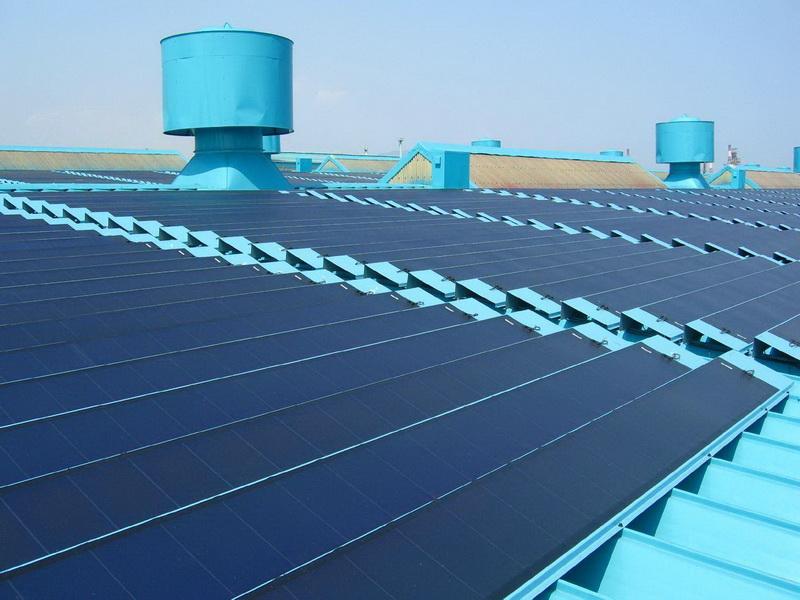Ceramic substrate material for its excellent thermal conductivity and air tightness, widely used in the field of power electronics, electronic led lights packaging, hybrid microelectronics and multi-chip module. This paper briefly introduces the current status quo of the ceramic substrate and future development.

1, Comparison of plastic and ceramic materials
Plastic, especially the dominance of the epoxy resin due to the relatively good economy, so far, still occupy the entire electronics market, but a number of specific areas such as high temperature, does not match the linear expansion coefficient, air tightness, stability, mechanical properties, such as clearly not suitable, even in epoxy resin, add plenty of organic bromide to no avail.
As opposed to plastic materials, ceramic materials are also of the electronics industry plays an important role in its resistance is high, prominent high-frequency characteristics, and has a high thermal conductivity, good chemical stability, thermal stability and melting point advantages. In electronic circuit design and manufacturing of these performance ceramics are widely used in different thick film, thin film and the circuit substrate material can also be used as an insulator, heat conduction path and with the demanding circuit in the thermal performance requirements to create a variety of electronic components.
2, various ceramic materials
2.1 Al2O3
So far, the alumina substrate is the most commonly used substrate material in the electronics industry, because the mechanical, thermal, electrical properties relative to most other oxides ceramics, high strength and chemical stability, and a rich source of raw materials, applicable to all kinds of technology to produce different shapes.
2.2 BeO
With even higher thermal conductivity than aluminum metal, used in situations requiring high thermal conductivity, but quickly lower the temperature exceeds 300 ° C,
The most important thing is that because of its toxicity limits its own development.
2.3 AlN
AlN has two very important performance worth noting: a high thermal conductivity, a coefficient of expansion matching with the Si phase. The drawback is that even in the surface of very thin oxide layer will have an impact only on the materials and processes, strict control in order to create a good agreement with the AlN substrate thermal conductivity. Large-scale AlN production technology of domestic or immature phase of Al2O3, AlN prices relatively high, this is restricting the bottleneck in the development. For these reasons, you can know that, due to superior performance, the alumina ceramic, to a dominant position in the field of microelectronics, power electronics, hybrid microelectronics, power modules, etc. or to extensive use.
3, the ceramic substrate led street lights manufacturing
The manufacture of high-purity ceramic substrate is very difficult, and most of the ceramic melting point and hardness are high, which limits the possibility of ceramic machining, ceramic substrates are often doped with low melting point glass is used to help melt or stick connected so that the final product is easy to machining. Al2O3, BeO, AlN substrate preparation process is very similar to the matrix material is ground into powder in about a few microns in diameter, with different glass flux and adhesives (including powders, MgO, CaO) mixed, in addition to the mixture organic binder and plasticizer and then milled to prevent the reunion homogeneous molding raw tiles, and finally sintered at high temperature. Ceramic forming the following methods:
Roller rolling slurry spray to a flat surface, partially dried to form a viscosity like putty-like sheet, and then the flakes into a pair of parallel rollers rolling grind to get a uniform thickness of the raw tiles.
● cast slurry through a sharp blade coating in a move to bring the formation of thin slices. Compared with the other process is a low-pressure process.
● powder sintering under the suppression of the powder in a hard mold cavity and to exert a lot of pressure (about 138MPa), despite the uneven pressure may produce excessive warpage, but this process is the production of sintered parts is very dense, smaller tolerances.
● such as hydrostatic powder to suppress the pressure of this process using the mold and use around the water or glycerol up to 69MPa pressure is more uniform made of parts warping.
● squeeze the pulp through the mold out of this process uses a slurry viscosity is low and difficult to obtain a smaller tolerance, but this process is very economical and can be thinner parts than other methods.
4, substrate type and its characteristics
More common at this stage ceramic cooling substrate type Total HTCC, LTCC DBC DPC four, HTCC belong to the earlier development of the technology, but because of the high sintering temperature so that the electrode material of choice is limited, and the production cost is relatively expensive. These factors have contributed to the development of LTCC is, LTCC co-firing temperature dropped to about 850 ° C, but the drawback is that the precise size, product strength is not easy to control. DBC with the DPC compared to the country in recent years was the development of mature, professional and technical, of the energy production of the DBC is heated to high temperatures combined with Al2O3 and Cu board, the bottleneck is not easy to solve the micro-pores between the Al2O3 and Cu plate This makes the mass production of energy and yield of the product subject to greater challenges, DPC technology is direct copper to the Cu deposition on Al2O3 substrate on top of the process of combining materials and thin film technology and its products In recent years, the most commonly used heat ceramic substrate. However, material control and technology integration capabilities are higher, which makes entering the DPC industry and stable production threshold is relatively high.
